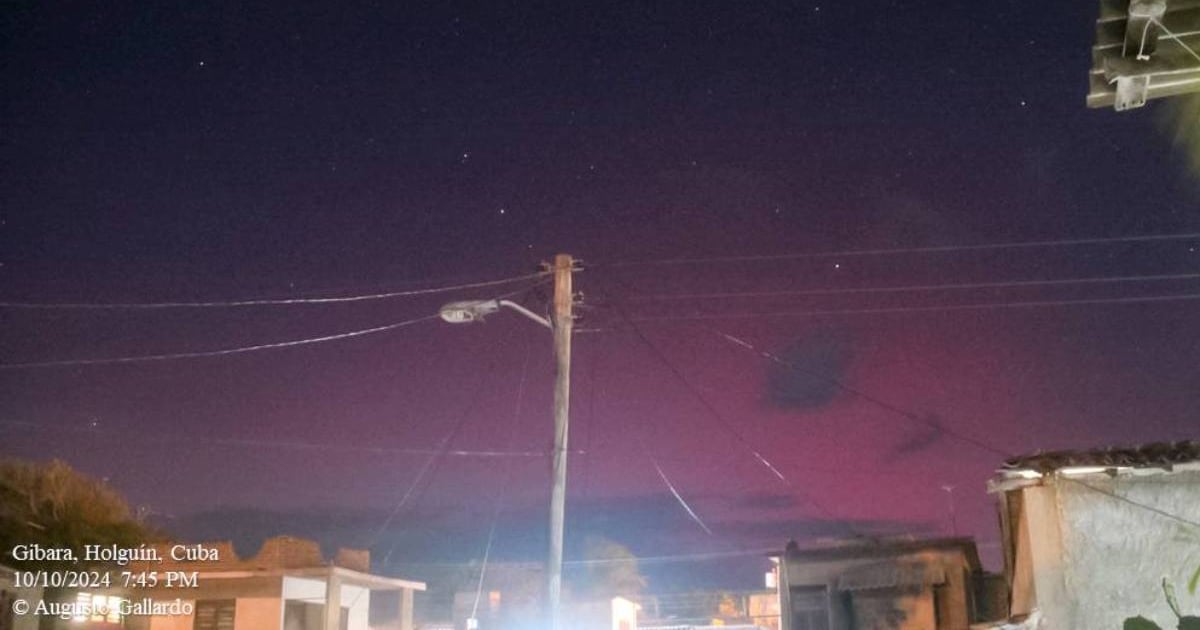Residents across various parts of Cuba have reported witnessing the stunning spectacle of northern lights, a natural phenomenon typically seen near the poles. This dazzling display of vibrant colors like blue, green, red, yellow, and orange took the Cuban populace by surprise, as such occurrences are exceedingly rare in such southern latitudes.
Astronomical Rarity in Southern Skies
The northern lights, known scientifically as auroras, occur when charged solar particles collide with Earth's atmosphere. The process initiates when the solar wind, comprised of charged ions, interacts with Earth's magnetic field, the magnetosphere. While this magnetic field typically shields our planet from the solar wind's harmful effects, some particles manage to penetrate into the ionosphere—a layer of the atmosphere located near the geomagnetic poles. Here, they collide with oxygen and nitrogen atoms, releasing energy and creating the breathtaking lights known as auroras.
This unusual sighting over Cuba is attributed to a potent solar storm, reported by the National Oceanic and Atmospheric Administration (NOAA), which issued a severe geomagnetic storm warning, category G-4, for the week. The storm's intensity has been significant enough to trigger auroras in unexpected regions, extending even into the southern United States.
Previous Occurrences and Future Monitoring
Interestingly, this isn't the first time Cubans have been captivated by these mysterious lights in their skies; a similar event was observed in May. The recent sighting has sparked widespread excitement. The exceptional atmospheric and geomagnetic conditions caused by the storm allowed this rare phenomenon to grace the Cuban skies. Experts advise astronomy enthusiasts to keep an eye out for similar events in the future.
